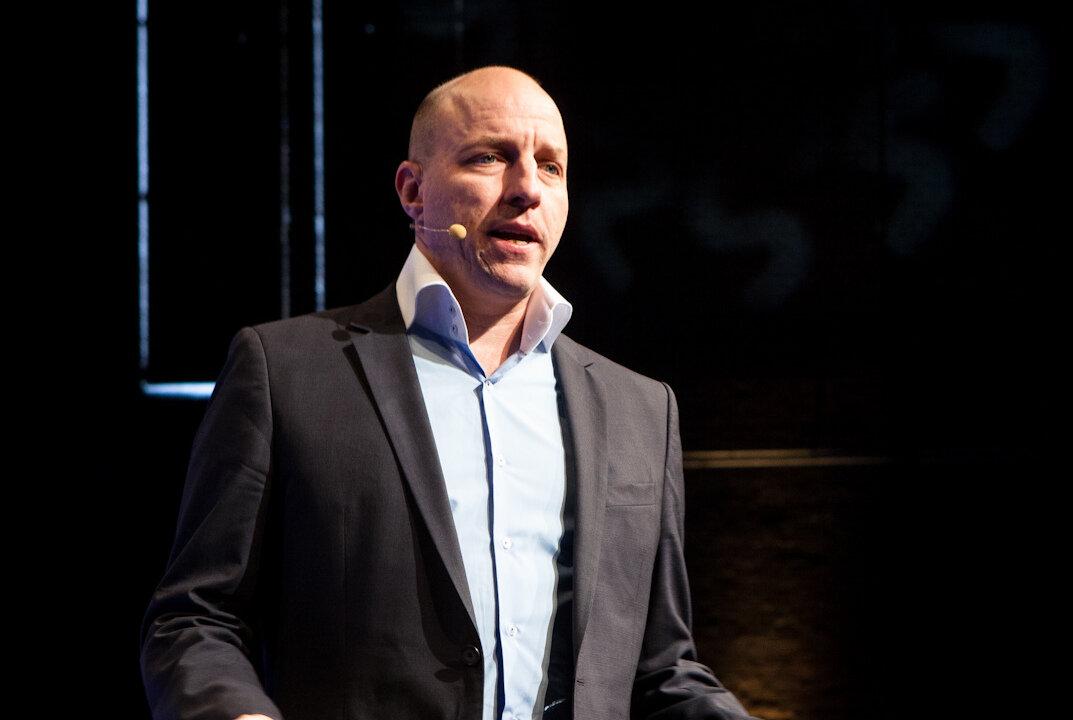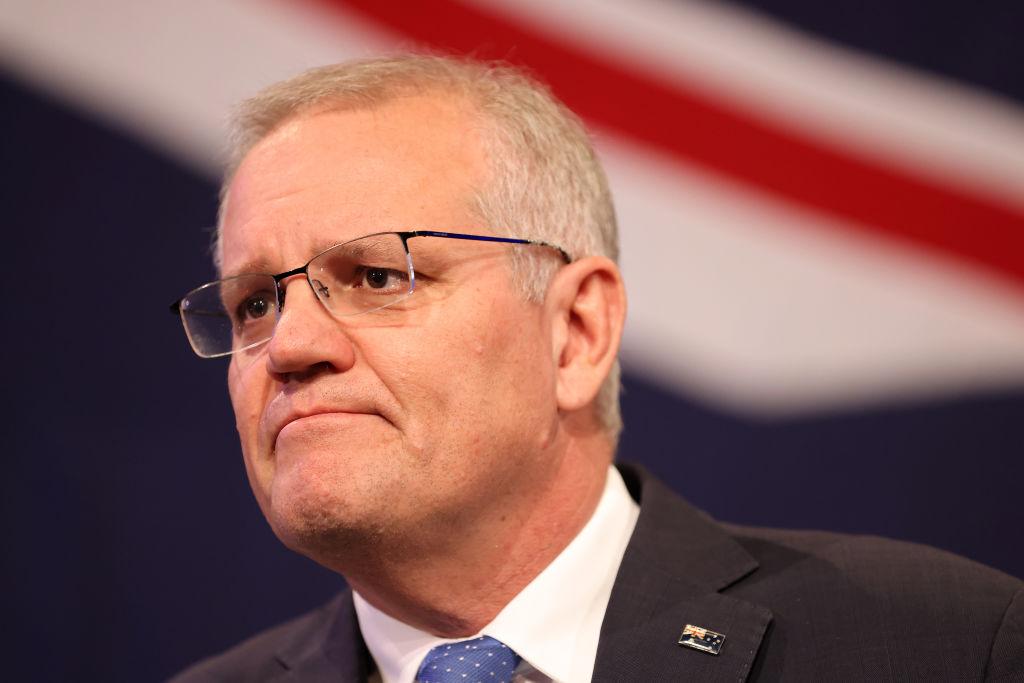Matt Barrie, CEO of Freelancer—the world’s largest online marketplace for freelancers—has warned the development of artificial intelligence (AI) could bring about the end of the internet as we know it.
Mr. Barrie predicts that digital businesses and companies could close shop and introduce their version of online “protectionism” to shield against the destruction of their business models from AI.





